Year in Review - 2018
04 Jan 2019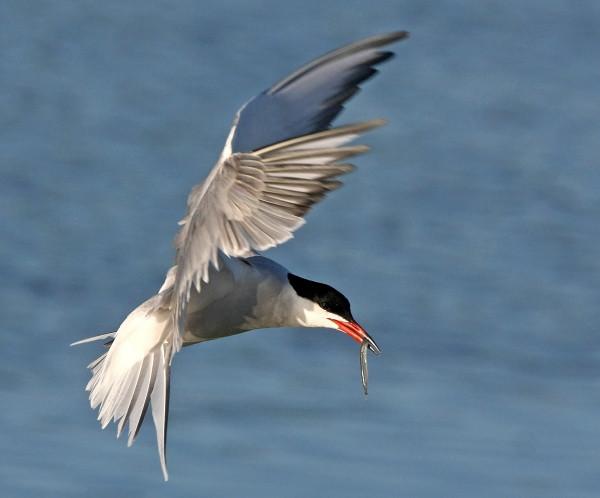
Science
2018 was another great year for BTO research, with our scientists leading on, or contributing to, a number of high-impact publications, and data from BTO surveys feeding into several more.
March saw the publication of the results of the 2014 Peregrine Survey. This gave a population estimate of 1,769 breeding pairs for the UK, an increase of 22% on the previous survey in 2002. Most of the increase was due to population growth in lowland England, with pairs occupying new sites, including man-made structures.
In June, the results of our latest Nightingale Survey were published, producing an estimate of 5094-5938 territorial males. The study highlighted the national importance of Lodge Hill in Kent, part of which is designated as a Site of Special Scientific Interest (SSSI) for Nightingales. 5,000 new homes were proposed at Lodge Hill, but in December 2018, it was announced that only 500 homes would now be built, and none will be located on the SSSI.
We also published our first peer-reviewed paper using data collected as part of our What’s Under Your Feet project in 2018. 15,000 school children dug up their playing fields in October, March and June of each academic year, helping us to show that dry summer weather may be putting some of our favourite bird species at risk as it triggers a significant drop in the availability of earthworms close to the soil surface during the breeding season.
Other BTO-led research in 2018 showed how breeding waders are benefitting from agri-environment schemes in Europe, and how data collected by volunteers taking part in the Breeding Bird Survey (BBS) are revealing changes in the patterns of abundance for nine mammal species.
Perhaps the biggest science story of the year came in September, from research showing that pecking order at garden bird feeders is determined by size and weight. House Sparrows and Greenfinches were found to monopolise food, while smaller species, such as Blue Tit and Coal Tit, had to make flying visits and make do with poorer quality food.
Thank you to all our funders and collaborators, and of course the volunteers whose efforts collecting data and supporting our appeals make our research possible.
Surveys
Late February saw the 'Beast from the East' hit our shores. A combination of a cold front and Storm Emma arrived here on 24 February and more or less ran until 18 March. It is difficult to know what impact this had on many of our birds until all of the year’s data are analysed. However, the BirdTrack reporting rate graph for Kingfisher does seem to show it being a victim of the extremely harsh weather. Inland counties also saw the arrival of displaced waders, seeming desperate for exposed mud for feeding.
The world’s longest running bird survey, our Heronries Census, turned 90 in March. The long-term trend for Grey Heron makes for fascinating viewing, with the effect of harsh winters clearly shown as a dip in numbers. Future years should reveal the impact of 2018’s Beast from the East. As well as Grey Herons, this survey has also incorporated Little Egrets as they have colonised the country, and is likely to include further species, such as Great White Egret, Cattle Egret and Spoonbill, as they also become established breeders in the UK.
While 2018 was our 'Year of the Owl', survey work didn’t start in earnest until the early autumn. The first surveyors took part in the Tawny Owl Point Survey in August, followed by the Tawny Owl Calling Survey (TOCS) in September. The latter is ongoing and we would love more people to take part before it closes at the end of March. TOCS is one of the most successful campaigns that BTO has undertaken, with almost 9,000 people already doing it, and the Survey Organiser, Claire Boothby, appearing on BBC Breakfast to promote it. Help us make it 10,000 participants by signing up at www.bto.org/owl.
2018 was another exciting year for BTO Cuckoo research. We received some amazing footage of a hepatic Cuckoo at a Reed Warbler nest in June. It seemed to be removing the warblers' eggs in an attempt to get it to re-lay, presenting an opportunity for the Cuckoo to parasitise the nest at the perfect time – see the footage here.
Our Cuckoo tracking project saw eight new birds join the existing four birds. Cuckoos arrived bang on cue this spring, missing the appalling weather dished out by the Beast from the East and instead enjoying good spring and early summer. This seemed to allow them to get into good condition for the journey back south, and again, bang on cue, the first birds began to leave in early June. The migration south was quite a speedy affair this year, possibly helped by the birds being in good condition when they left the UK, and several of our birds crossed the desert a week or two ahead of schedule. All 12 birds successfully crossed the desert this year irrespective of the routes taken. It won’t be long before they begin to head north and start their journeys back to the UK – you can follow them here.
Engagement
BTO started a series of local events at our HQ in Thetford in January, ranging from guided walks to talks and topical events. The first series was highly successful; we’d like to eventually start spreading these events across the Regional Network.
Valentine’s Day 2018 saw the start of the 21st National Nest Box Week. People across the country were encouraged to put up a nest box and provide a little space for some of our best-loved birds. Twenty different species of bird regularly use a nest box, from Blue Tits to Barn Owls.
In February, BTO staff were invited to take over the famous Tweet of the Day programme on Radio 4. For six days, our staff talked about their love for birds, and specific species such as the Common Rosefinch and Robin. You can listen back to all the interviews.
In February, we also paid homage to the brilliant women that work at and for BTO. We asked them to talk about their careers and lives, which was highlighted in a social media campaign, taking part in the global #WomenInScience campaign.
As a showcase of how BTO’s work stretches into our daily lives, Ringing Recoveries Officer, Lee Barber, came to the rescue of a Robin that got itself into a tight spot in March…in a local Poundland. In this blog, Lee explains how they used mist nets to capture and release the lost bird.
As part of British Science Week in March, we launched an activity booklet for children between the ages of five and 12. The activities range from making your own bird feeders to trying different scientific methods in your back garden – all aimed at getting to know your local birds. You can download the booklet here.
In May, BTO joined one of the fastest growing social media networks in the world: Instagram. We’re hoping that by using this image-led platform, we can share the amazing work we do through stunning visuals, and engage with a younger and more diverse audience. Follow us @btobirds.
In June, we celebrated the hard work of our volunteers through Volunteers’ Week on social media. We asked our volunteers to tell us why they love working with us, and how being a part of the BTO family has had an impact on their lives. If you’d like your stories to be included, please email socialmedia [at] bto.org!
In the lead-up to the Society of Wildlife Artists’ exhibition at the Mall Galleries in London in October, we celebrated the work of some of their incredible artists on social media, and, of course, at the event itself. Under the hashtag #BTOSciArt we continue to celebrate beautiful bird-inspired art, so please use the hashtag to share your favourite pieces.
November saw us participating in the annual British Ornithologists' Union Twitter Conference. These conferences take place exclusively on Twitter, gathering dozens of speakers and thousands of attendees. Five BTO scientists presented their work at the conference, engaging with ornithologists around the globe as part of this international event.
Events
Twenty enthusiastic young birders (and accomplished all-round naturalists!) joined us at The Nunnery during the weekend of 25-27 May for another hugely successful BTO Bird Camp. This was the third such annual event and was once again generously supported by the Cameron Bespolka Trust.
BTO were at Birdfair again this August. It is always great to see so many of our friends and supporters visit our stand. The theme this year? It had to be owls, and it was fantastic to see so much enthusiasm for our up and coming projects. Don’t forget, you can still take part in the Tawny Owl Calling Survey – for more information, please visit www.bto.org/owl.
The weather during September's Spurn Migration Festival didn’t allow for classic east coast migration but it didn’t stop the event from being a huge success. Migfest goes from strength-to-strength and is now well established on the ornithological calendar. BTO will be there again in 2019 – we’d love to see you there.
Mid-November saw BTO in the House of Lords, launching our 'Agenda for Change'. BTO, working with partner organisations within and outside of the environmental sector, aims to make a step-change in the impact our work makes for society. To find out what you can do to help us realise our ambitions, please read our Agenda for Change.
Our annual conference at Swanwick in December was another great event where we were able to interact with our members and spend the weekend in great company, and learning from experts in the ornithological field. This year’s programme, focused on our slogan 'Inspired by birds, informed by science', saw talks from a wide variety of speakers. These ranged from a truly inspiring Witherby Memorial Lecture by Professor Jane Reid on her work on Shags, to a session on innovative new methods by Nick Moran and Simon Gillings, to a moving and emotional talk by artist Derek Robertson.
Awards
At Birdfair in August, we celebrated the winners of the 2018 Bird Photographer of the Year award. Chris Packham announced Pedro Jarque Krebs’ image of American Flamingos, seen squabbling against a dark background, as this year’s best bird photo. View a full overview of all the winners, and participate in the 2019 competition.
Six talented young birders from around the UK showcased their exceptional birding skills during the Spurn Migration Festival in early September. Jack Bradbury, Angus Jennings, Kabir Kaul, Alex Liddle, George Rabin and Rowan Wakefield acquitted themselves very well in a series of field assessments, despite tough conditions for birding. Angus and Jack were judged the Martin Garner Spurn Young Birders of the Year in the 14-16 and 13 and Under age groups respectively. All the finalists impressed with their knowledge and enthusiasm – congratulations to you all!
This year’s Marsh Awards ceremony once again took place at the Mall Galleries, during the inspiring Society of Wildlife Artists’ annual exhibition in October. The evening was attended by people from all across the ornithological world and we celebrated the work of the country’s best contributors to the field, including Dr Juliet Vickery, David Stroud, and Spurn Bird Observatory. To read more about the winners, visit the Marsh Christian Trust website.
We hope 2018 was also a brilliant year for all our members and supporters. Thank you for all your contributions over the year, and we look forward to keeping up the good work together in 2019.

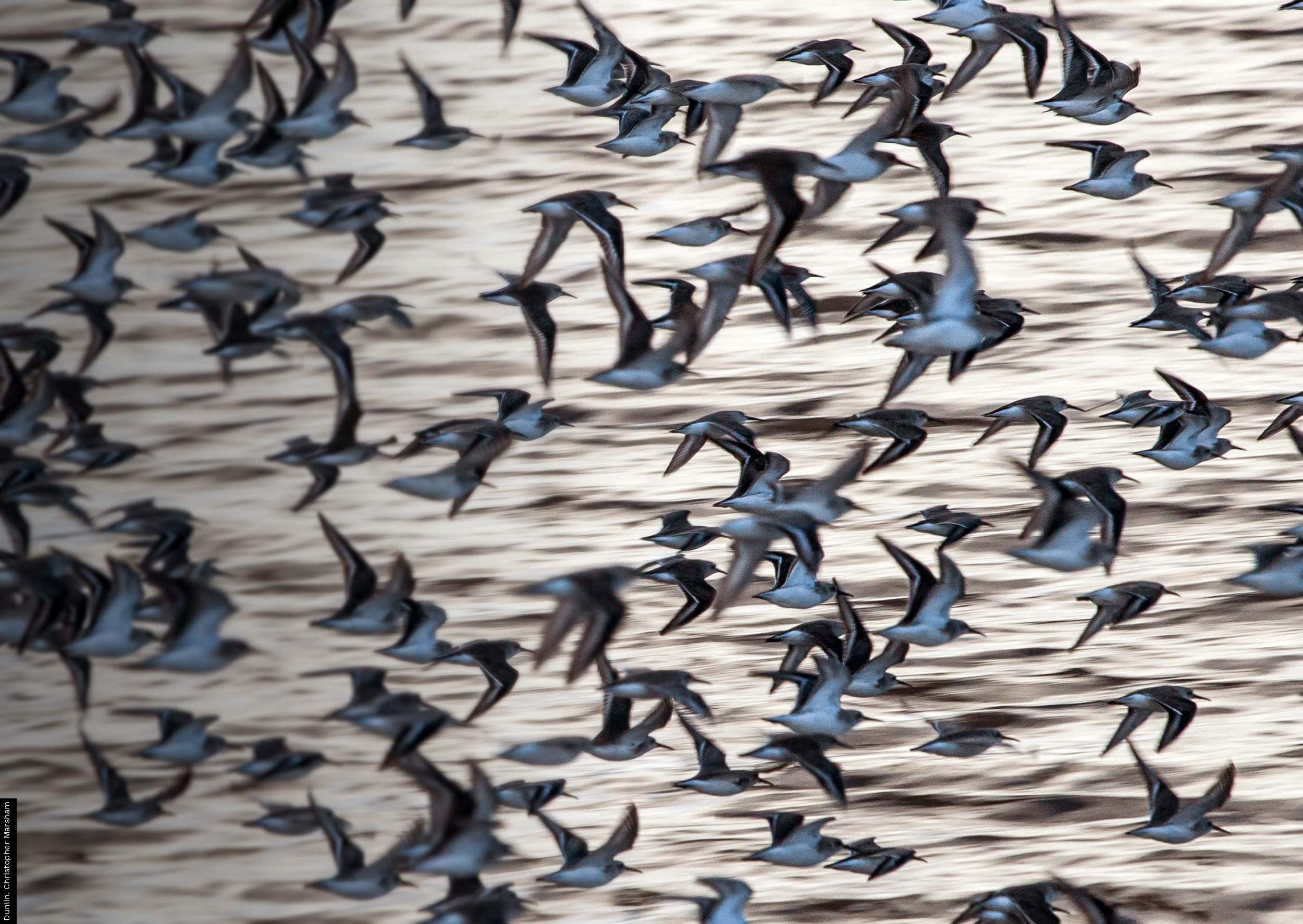
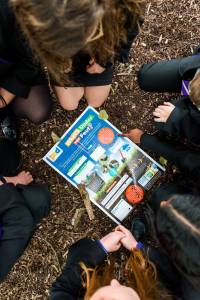
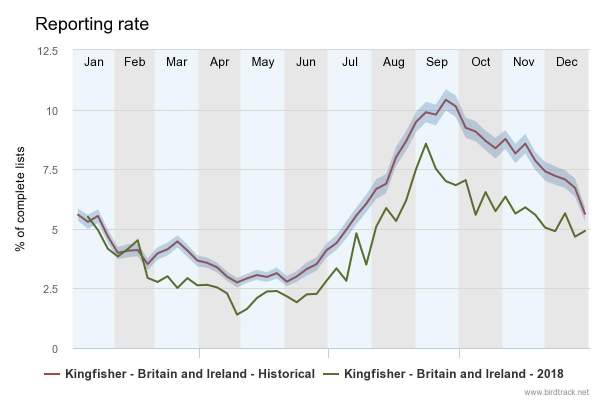
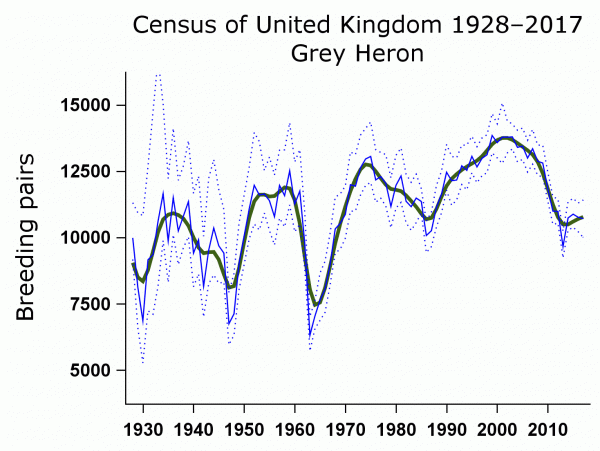
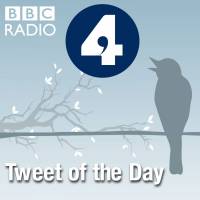
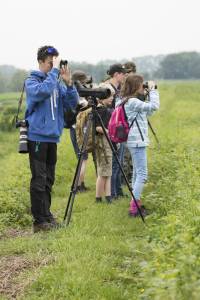
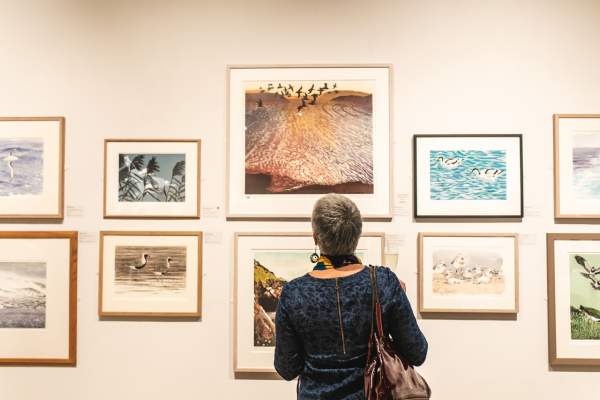

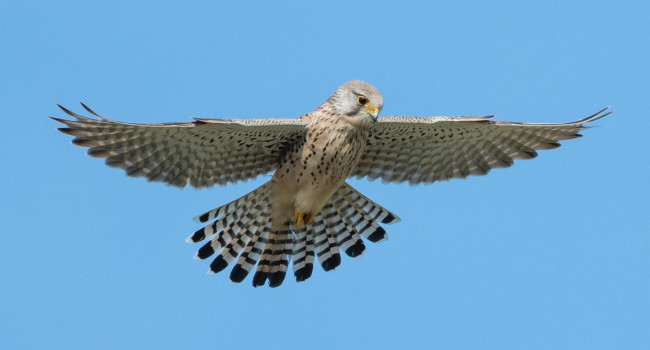


Share this page